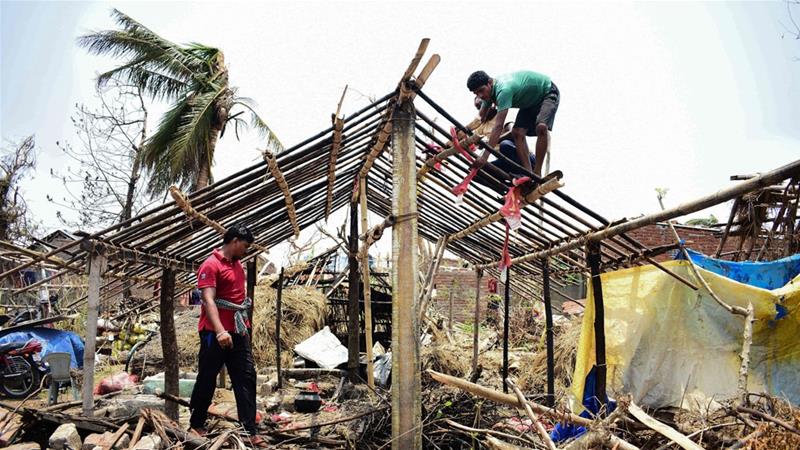Nicely and Co-authors Develop New Method to Gauge Atmosphere’s Ability to Clear Methane
Assistant Research Scientist Julie Nicely was the second author on a recent publication in Proceedings of the National Academy of Sciences that outlines a way to quantify global hydroxyl radical (OH), a central oxidizing agent that can destroy hazardous air pollutants such as methane. The authors of the piece, titled “Mapping hydroxyl variability throughout the global remote troposphere via synthesis of airborne and satellite formaldehyde observations”, have developed a …

